Japanese stamps are more than just postage; they are miniature works of art that offer a fascinating glimpse into the nation’s rich cultural heritage, history, and natural beauty. Collecting Japanese stamps, or Nihon kitte in Japanese, is a popular domestically and internationally hobby. Japanese stamps have captured philatelists for over a century with their vibrant colors, intricate designs, and diverse themes.

The History of Japanese Stamps
Japan issued its first postage stamp on April 20, 1871. Known as the “Dragon Stamps,” these initial issues featured designs based on the Chinese zodiac dragon, symbolizing power and strength. The stamps were produced in denominations of 48 mon and 100 mon, Japan’s currency at the time. This marked the beginning of Japan’s modern postal system, modeled after Western practices.

Over the years, Japanese stamps have evolved significantly. Early designs often featured elements from traditional Japanese culture, such as cherry blossoms, Mt. Fuji, and various Japanese art forms like ukiyo-e (woodblock prints). As Japan modernized, its stamps reflected technological advancements, notable historical events, and international relations.
Themes in Japanese Stamps
Japanese stamps are renowned for their diverse themes, reflecting various aspects of the country’s culture, nature, history, and society. Here are some of the most common themes:
- Nature and Landscapes: Japan’s natural beauty is a frequent subject on stamps. From the iconic Mount Fuji to the delicate sakura (cherry blossoms), stamps often showcase the nation’s picturesque landscapes. Wildlife, such as cranes, koi fish, and native plants, also feature prominently, highlighting Japan’s rich biodiversity.
- Cultural Heritage: Many Japanese stamps celebrate the country’s cultural traditions and artistic achievements. Stamps depicting traditional arts such as kabuki (classical Japanese dance-drama), noh (a form of classical Japanese musical drama), and ikebana (flower arranging) offer insights into Japan’s unique cultural practices. Stamps featuring famous Japanese literature, poetry, and historical figures also pay tribute to the nation’s rich heritage.
- Historical Events and Figures: Japan’s history is a common theme in its stamps, with numerous issues commemorating significant events such as the Meiji Restoration, the opening of Japan to the West, and post-World War II reconstruction. Stamps often feature influential figures like Emperor Meiji, who played a pivotal role in modernizing Japan, and other notable personalities in politics, literature, and the arts.
- Festivals and Celebrations: Japan is known for its vibrant festivals and celebrations, many depicted on stamps. The Gion Matsuri in Kyoto, the Awa Odori dance festival in Tokushima, and various New Year’s traditions are popular subjects, reflecting these events’ joyous and colorful nature.
- Modern Achievements and International Relations: Stamps commemorating Japan’s technological advancements, such as the bullet train development or the country’s space exploration efforts, showcase the nation’s modern achievements. Additionally, stamps celebrating international relations, such as joint issues with other countries or commemorating events like the Tokyo Olympics, highlight Japan’s global connections.

Collecting Japanese Stamps
Collecting Japanese stamps can be a rewarding hobby, offering a window into Japan’s history, culture, and natural beauty. For beginners and seasoned collectors alike, here are some tips to consider:
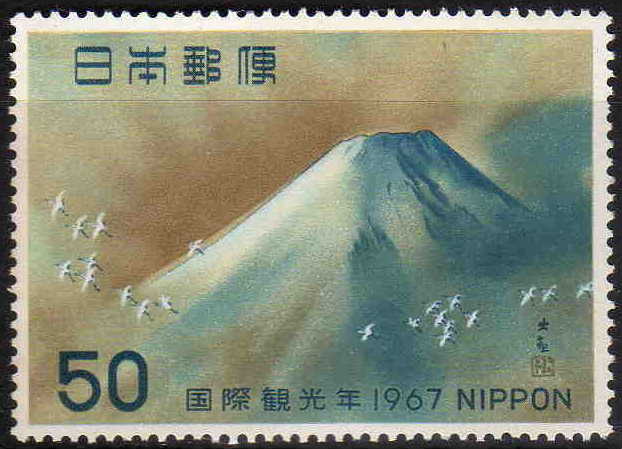
- Understanding Japanese Stamp Issuance: Japan Post issues a variety of stamps, including commemorative stamps, definitive stamps, and special issues. Commemorative stamps are released to mark specific events or anniversaries and are usually only available for a limited time. On the other hand, definitive stamps are essential for everyday postage. Special issues might include unique designs, limited editions, or stamps with special features like scented ink or holographic elements.
- Focusing on Themes: Many collectors focus on specific themes, such as nature, culture, or history. This can make collecting more manageable and allow deeper exploration of particular interests.
- Finding Japanese Stamps: Japanese stamps can be found through various sources, including online auctions, stamp dealers, and philatelic shows. Japan Post also sells new issues, which can be a good starting point for beginners. Some collectors may also exchange stamps with others to expand their collections.
- Caring for Your Collection: Proper care is essential to preserve the condition of stamps. Store stamps in a cool, dry place, away from direct sunlight. Using a stamp album with acid-free pages can help protect them from damage. Tweezers designed for stamp handling can prevent oils from fingers from harming the stamps.
- Understanding Stamp Grading and Value: Like all collectibles, a stamp’s value depends on its scarcity, condition, and demand. Familiarizing yourself with grading criteria and the history of specific issues can help you make informed decisions when buying or selling stamps.
The Future of Japanese Stamps
As Japan continues to evolve, so too does its stamp production. In recent years, there has been a trend towards more innovative designs, including stamps with scratch-and-sniff scents, fabric stamps, and even augmented reality features. These modern twists keep the hobby of stamp collecting fresh and exciting, appealing to new generations of collectors.
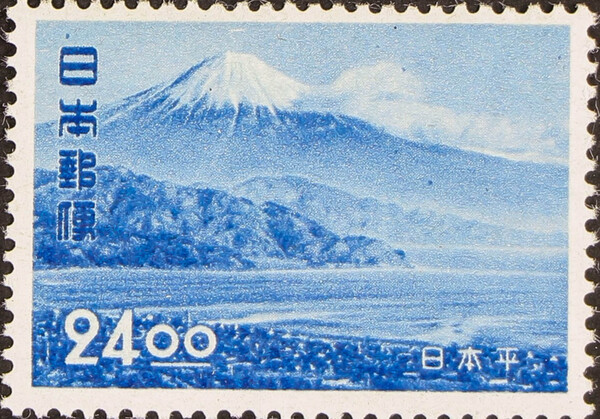
Japanese stamps are a captivating canvas for the nation’s rich tapestry of culture, nature, and history. Whether you’re a seasoned philatelist or a newcomer to the hobby, exploring Japanese stamps offers a unique opportunity to connect with Japan’s past and present through the art of philately.


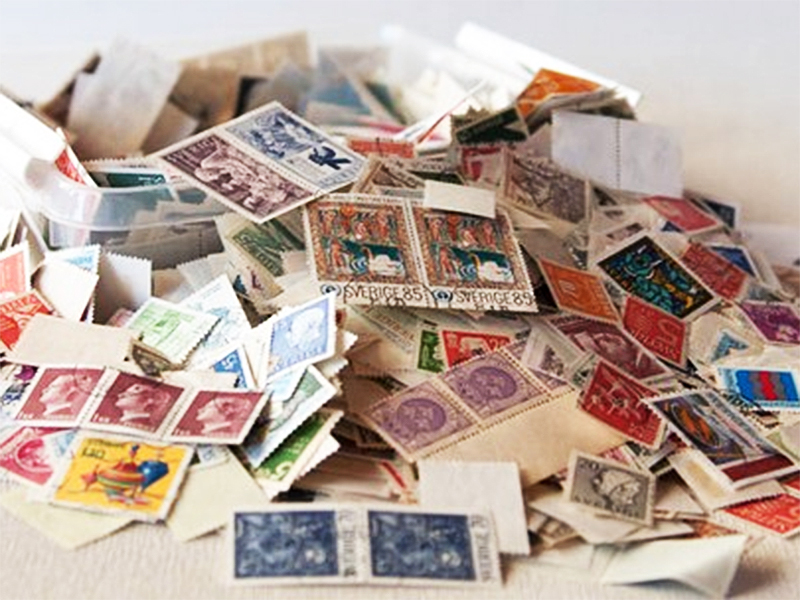
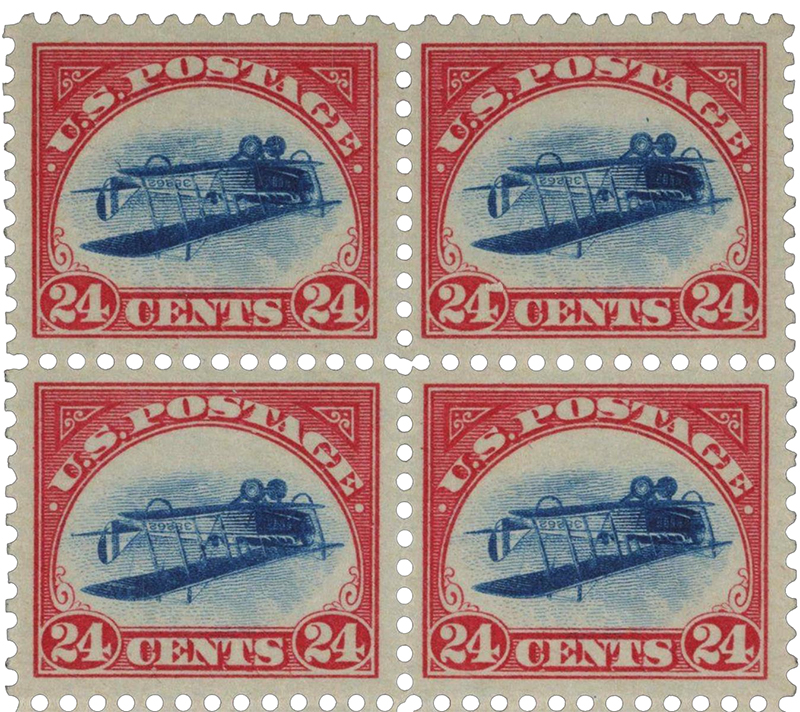
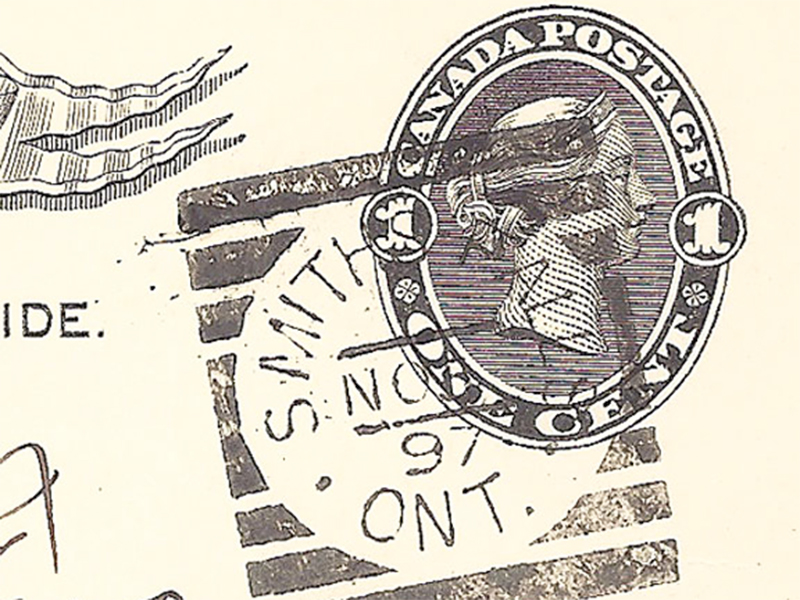

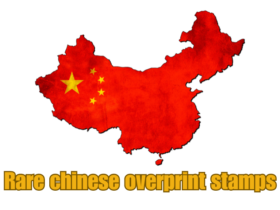



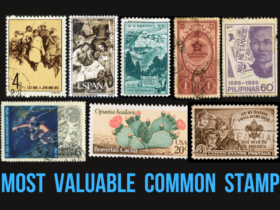
Leave a Reply